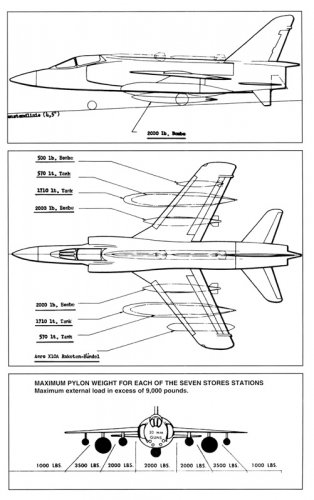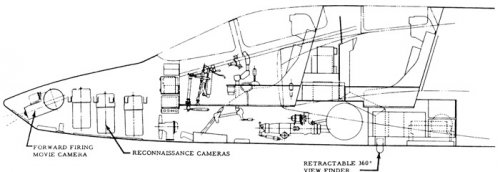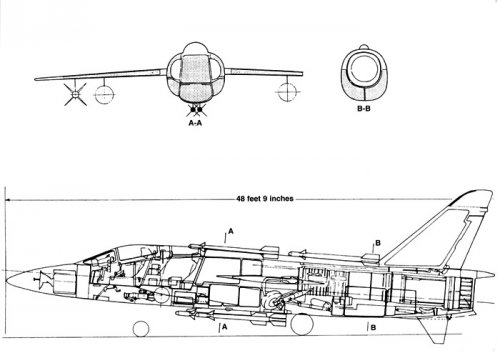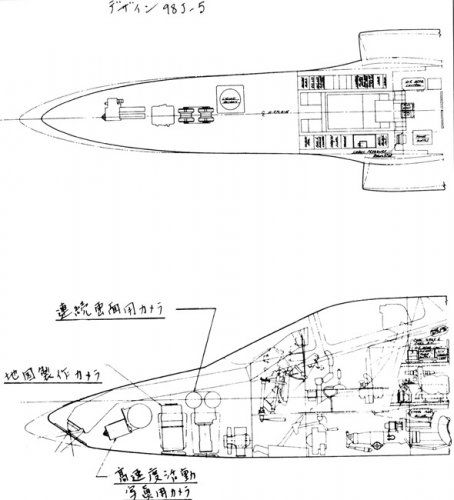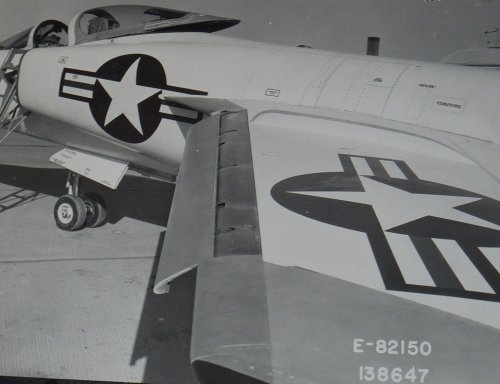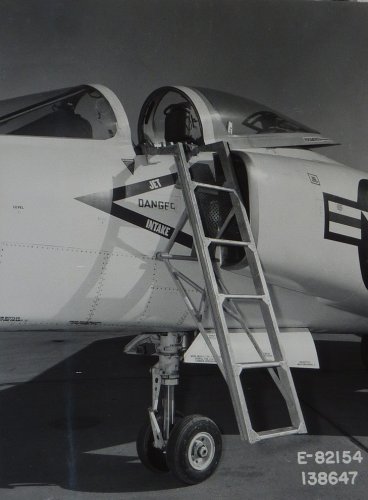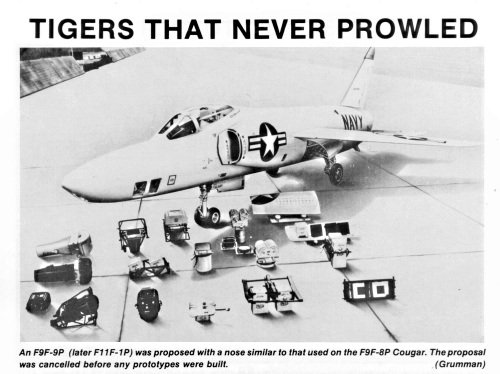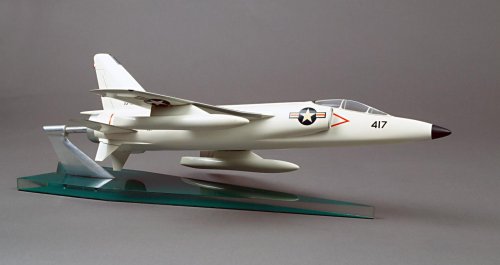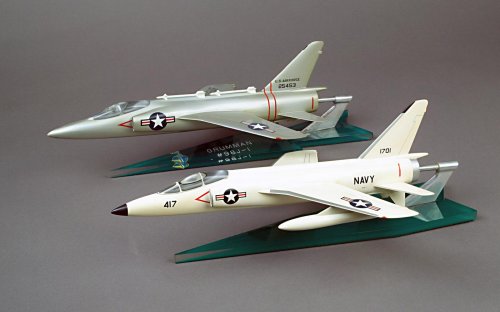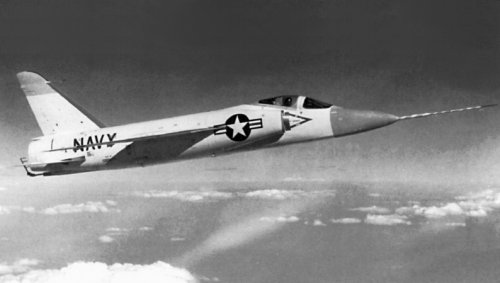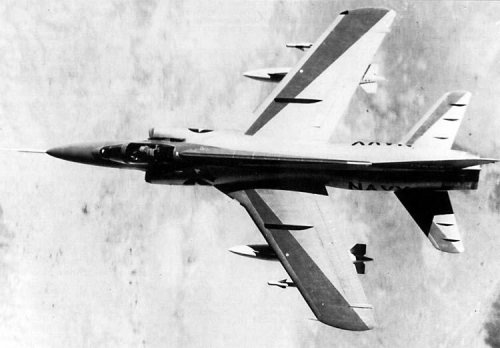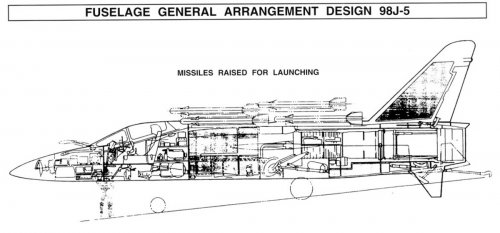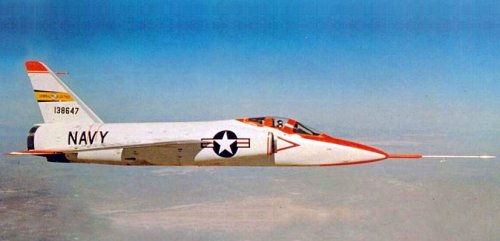- Joined
- 21 May 2006
- Messages
- 2,834
- Reaction score
- 1,918
Grumman XF11F-2 Super Tiger
I was reading about the Japanese Air Self Defense Force (JASDF) the other day.
One of the things I found interesting was the fact that when looking to modernise its fighter interceptor force in the late 1950,s / early 1960’s to replace its F-86 Sabre fighters. One of the designs it evaluated and came that close to putting into production was the Grumman F11F-2 (later changed to F11F-1F) Super Tiger light weight fighter.
The article stated that the Japanese had literally signed the licensed production contract with Grumman, when like many things military and business, at the eleventh hour the Japanese did a back flip and instead chose the Lockheed F-104 Starfighter in November1960.
I have not been able to find much on the Super Tiger design, apart from it being powered by a General Electric J79 turbojet engine and because of this being somewhat heavier in weight and supersonic.
Does anyone have any specification / technical data, pictures and a 3-view drawing of the F11F-2 / F11F-1F Super Tiger design?
P.S. I also believe that the Luftwaffe also evaluated the Super Tiger, but like Japan chose the F-104 Starfighter instead.
I wonder if the high accident and mortality rate of Luftwaffe F-104’s and their pilots would have been very different had they chosen the Super Tiger over the Starfighter??
The main reason that the Starfighter gained its infamous name ‘The Widow Maker’
Regards
Pioneer
I was reading about the Japanese Air Self Defense Force (JASDF) the other day.
One of the things I found interesting was the fact that when looking to modernise its fighter interceptor force in the late 1950,s / early 1960’s to replace its F-86 Sabre fighters. One of the designs it evaluated and came that close to putting into production was the Grumman F11F-2 (later changed to F11F-1F) Super Tiger light weight fighter.
The article stated that the Japanese had literally signed the licensed production contract with Grumman, when like many things military and business, at the eleventh hour the Japanese did a back flip and instead chose the Lockheed F-104 Starfighter in November1960.
I have not been able to find much on the Super Tiger design, apart from it being powered by a General Electric J79 turbojet engine and because of this being somewhat heavier in weight and supersonic.
Does anyone have any specification / technical data, pictures and a 3-view drawing of the F11F-2 / F11F-1F Super Tiger design?
P.S. I also believe that the Luftwaffe also evaluated the Super Tiger, but like Japan chose the F-104 Starfighter instead.
I wonder if the high accident and mortality rate of Luftwaffe F-104’s and their pilots would have been very different had they chosen the Super Tiger over the Starfighter??
The main reason that the Starfighter gained its infamous name ‘The Widow Maker’
Regards
Pioneer




